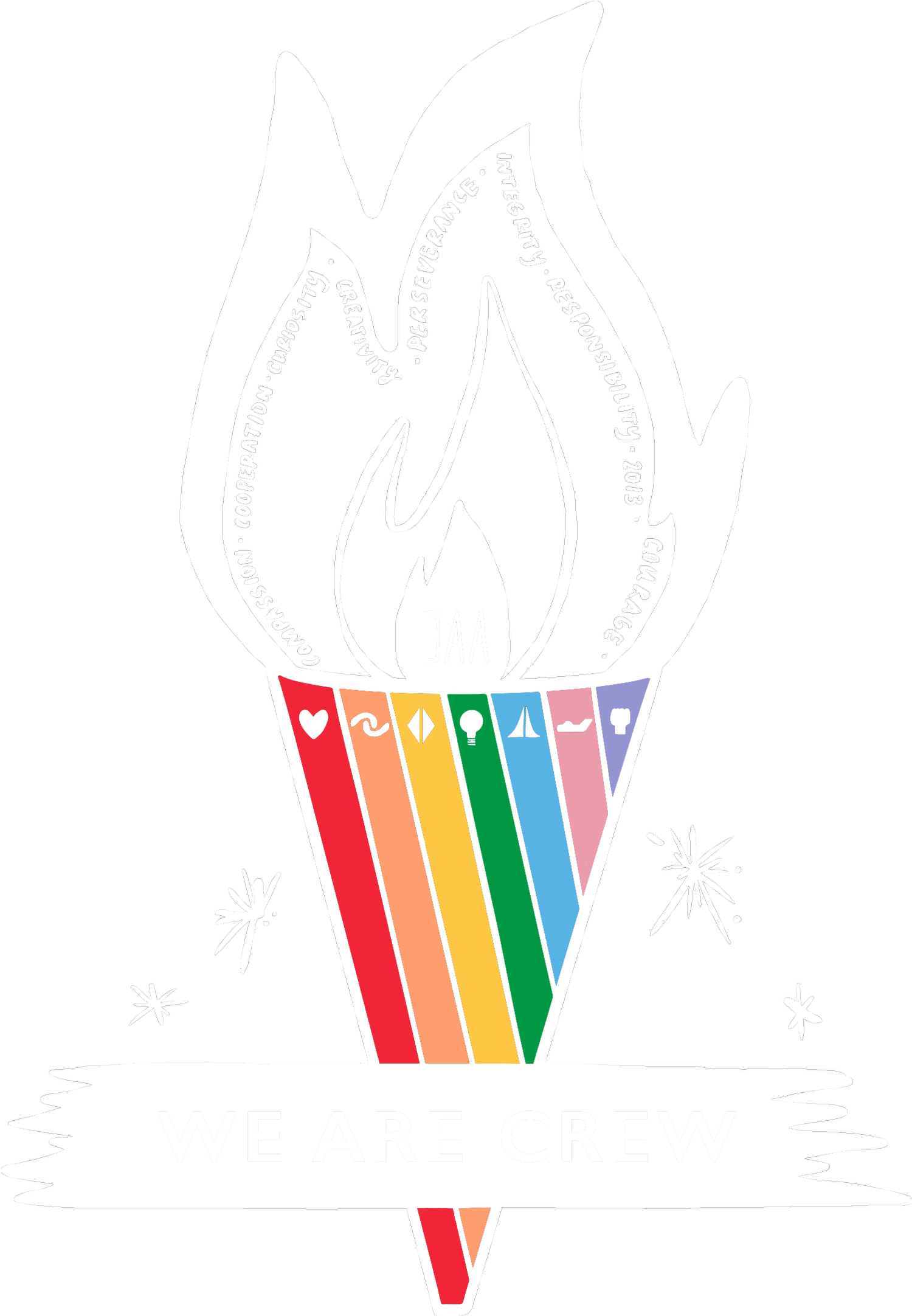Don't Bug Me!
 This won’t be a problem as our kindergarten students begin their second expedition: Diggers, Flyers, and Crawlers – the World of Insects.
This won’t be a problem as our kindergarten students begin their second expedition: Diggers, Flyers, and Crawlers – the World of Insects.
As Ms. Johnson and I prepared for this expedition, we got more and more excited. Although neither of us really likes bugs, the thought of being scientists and studying how insects impact our world has been very exciting. We began by deciding that our students should have lab coats for their investigations. Large T-shirts with their scientist names printed on the back gave our students the feeling of importance at scientific discovery.
Next we designed our BBK (building background knowledge). This plan covers two weeks of learning about how and what it means to be an entomologist, using our senses for discovery, learning the difference between living and non-living things and then learning the difference between “true” insects and other bugs. We browse books, listen to insect sounds, observe live insects, learn how insects see and hear, and watch videos about entomologists (even a famous African American entomologist named Henry Turner whose birthday is February 3rd, the day we started our expedition!)
After two weeks of building background knowledge, we move into our first case study of ants. One little problem we have encountered is that we can’t get ants at this time of year! However, as skilled problem-solvers, we are working diligently to solve this problem so our kindergarten entomologists can complete their myrmecology (the study of ants) journals.
When we complete our study of ants, kindergarten students will move into “expert” groups and research an insect of their choice like crickets, grasshoppers, ladybugs, and cockroaches.
But our study doesn’t end here!
We discuss insect fables such as “The Grasshopper and the Ants” during morning crew to enforce our habits of character like respect, responsibility, cooperation and perseverance.
In our Readers’ Workshop we are learning about non-fictional text and using books about insects to learn the characteristics of informational text such as table of contents, glossary, text boxes, index, and labels.
In Writers’ Workshop where we are learning about persuasive writing, we are using texts like “Hey, Little Ant” to persuade others to our way of thinking. This book is about a boy who wants to squish an ant and the ant saying why the boy should let him live. The book ends with the question, “What would you do?”
Shared reading each morning includes insect poems and songs that our students become proficient in reading and singing. They review concepts of print and reading strategies that help them in their individual reading and writing.
In math we learn that the inchworm, although not a “true” insect is, indeed, about an inch long and we use plastic inchworms for non-standard measurement and counting.
Feeling creepy thinking about all these bugs?
We aren’t! Don’t bug us, we’re learning!



